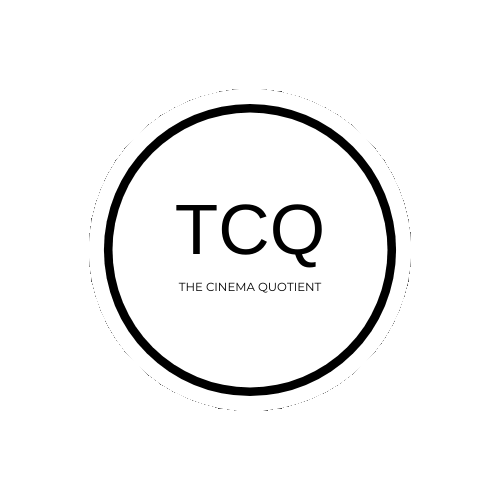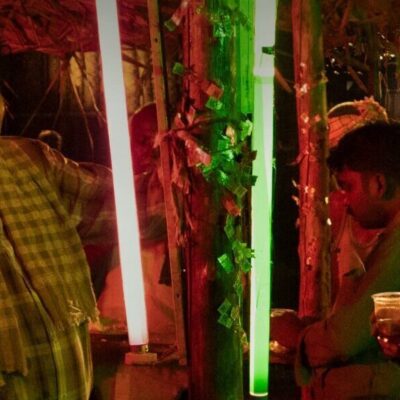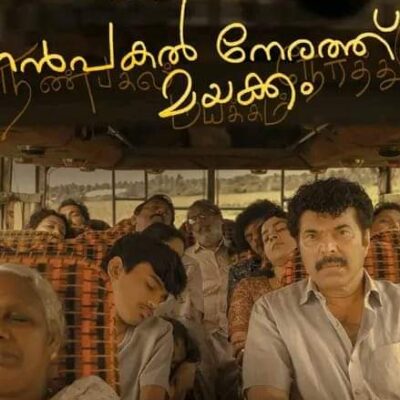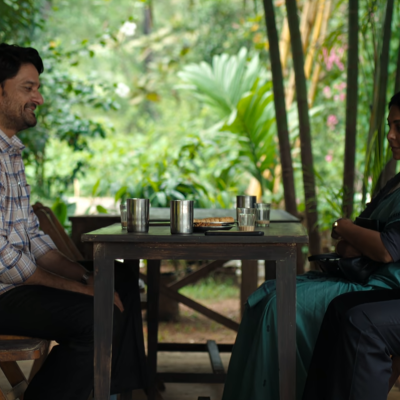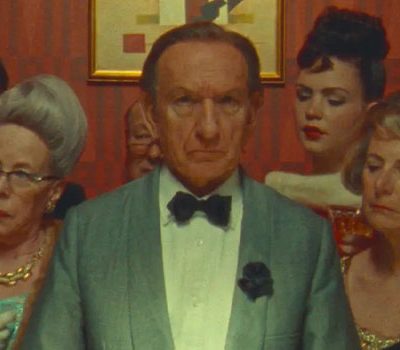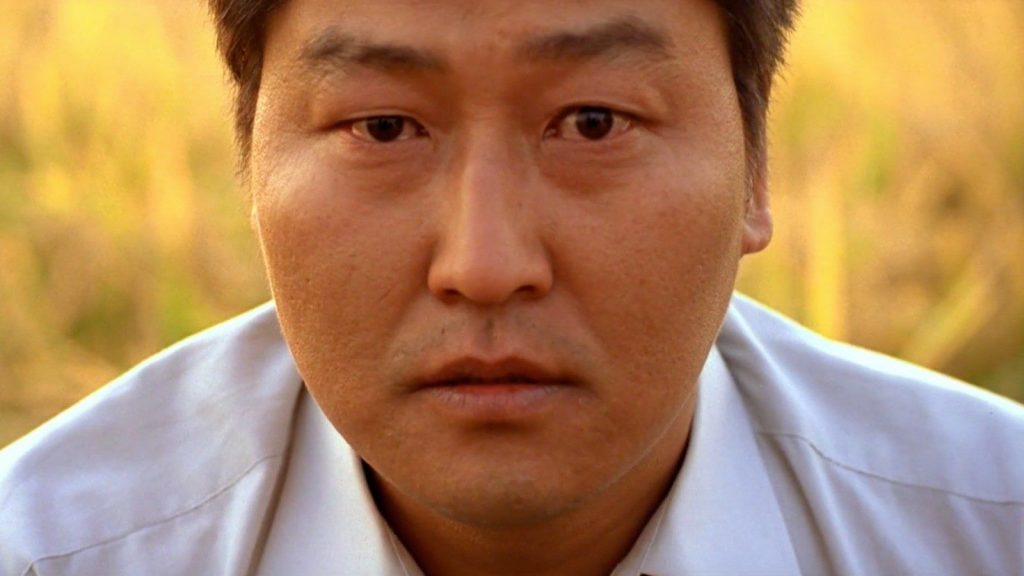
Finally, after much delay, I watched Bong Joon-Ho’s crime thriller Memories of Murder, and as many suggested, it is indeed one of the best movies of that genre, if not the best. The way Joon-Ho handled the story, which was inspired/based on “Hwaseong serial murders” that shook the South Korean nation, was so masterful and dealt the emotions of both the nation and investigators with extreme intricacy. What’s interesting is that when the movie was made and released (2003), the real-life case was still pending and an investigation was still going on with no definitive theories/suspects. It was only in 2020 that the case was solved where the suspect had confessed for the crimes he had done, after 33 years since the first murder began. So, considering the fact that Joon-Ho didn’t have any conclusive suspect, makes the movie more interesting since it gave an option for the creative genius to hinge on suspense till the end.
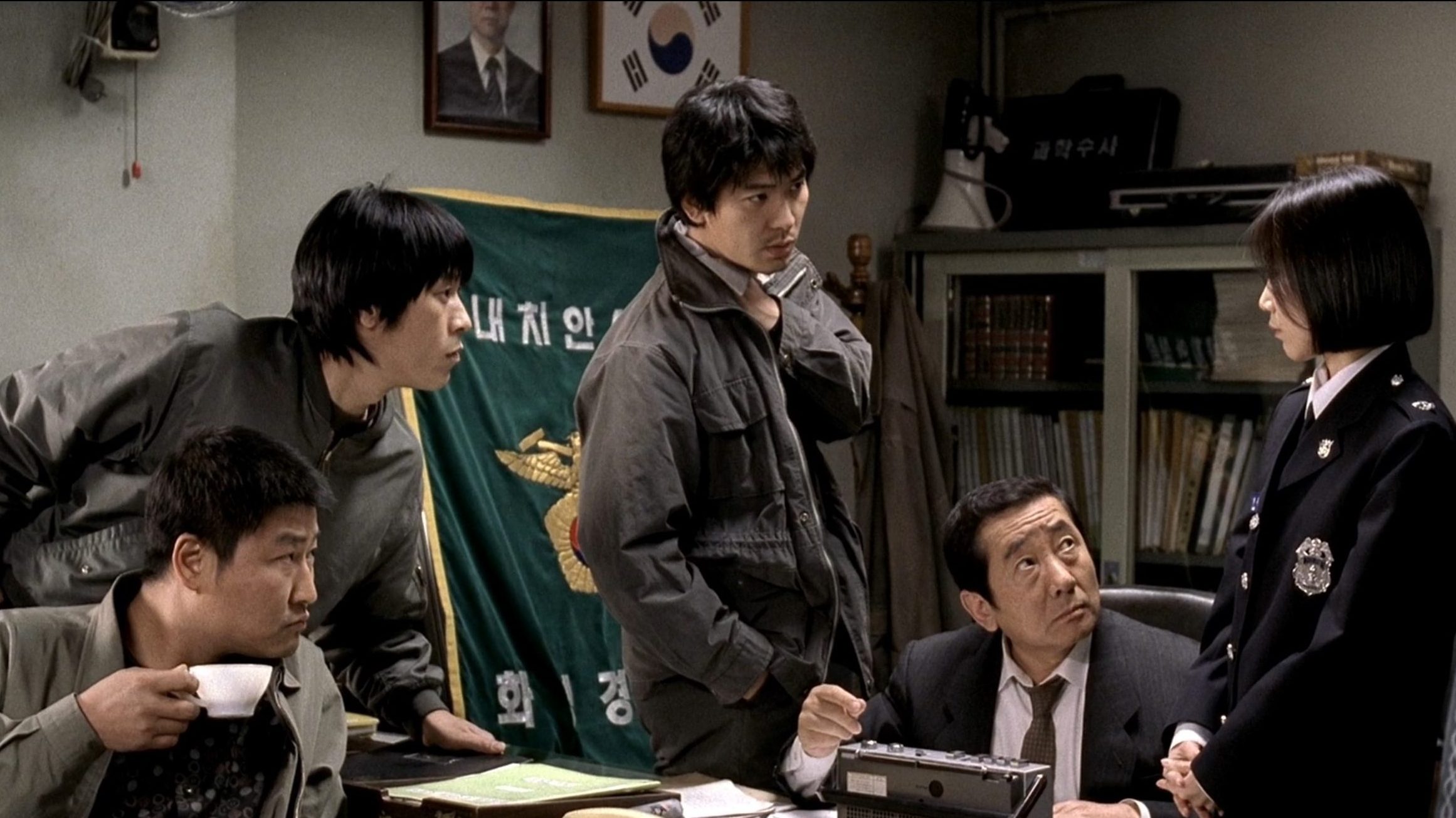
This beautifully shot film had the element of giving a happy ending like every crime drama film, yet it isn’t. The film’s setting quickly transports us to the ’80s, where there was no proper policing system nor the intellect. In the movie, we see the police going through some skewed approaches like seeking Shaman’s help, a false implant of evidence to catch the murderer.
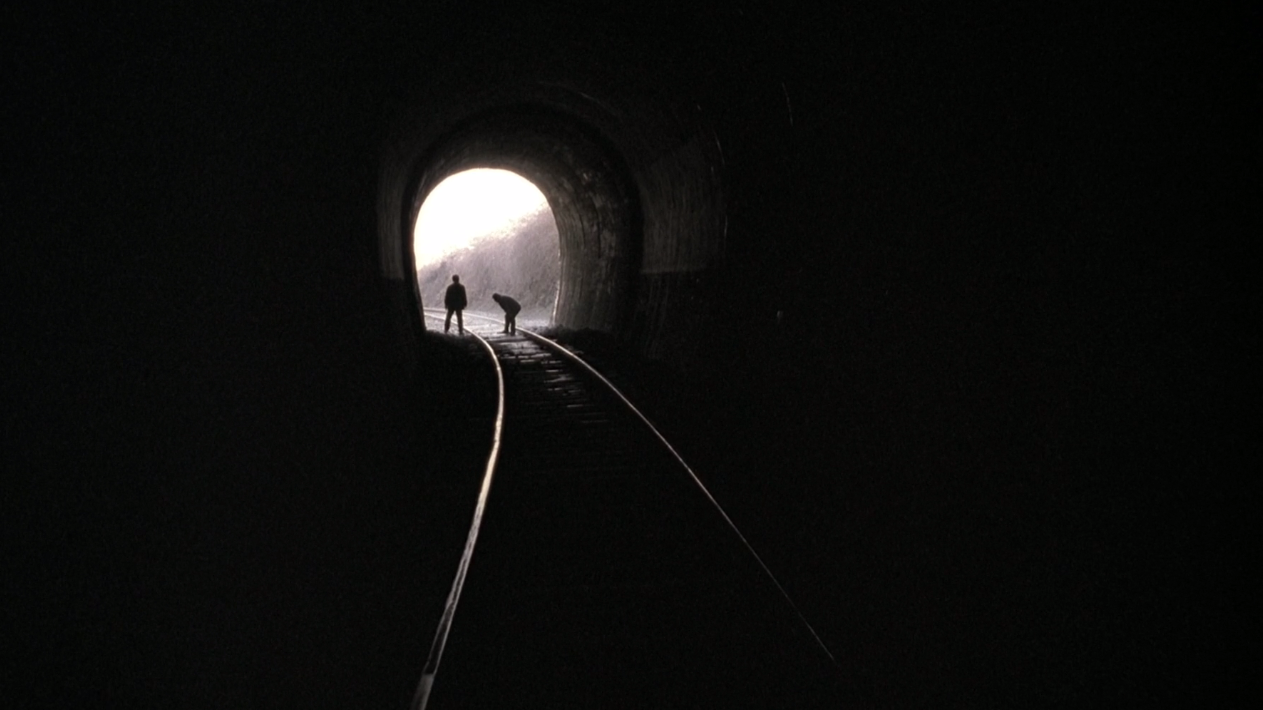
The film is shot so brilliantly that it looks natural as if there are cameras hidden in some messy and less lawful police department or some cafe and the characters are just going on with their usual self. The chaos the movie creates during the film truly entices the viewer to watch the entire sequence without blinking their eyes, even if it makes them uncomfortable.
The photography in this film captures that eerie tone even without any dialogue or music. The lighting that Bong and Kim Hyung-Koo (the cinematographer) chose portrays the scene’s mood, and it sets the seriousness of the character no matter how silly they may seem or act.
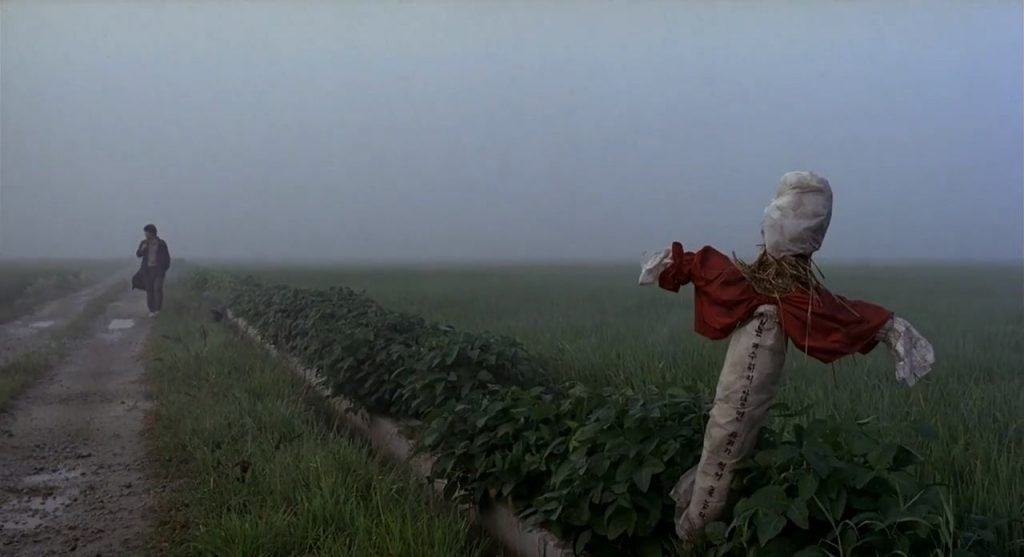
For me, the Memories of Murder strongly reminds me of David Fincher’s 2007 mystery-thriller, Zodiac. Though both movies are incomparable with the kind of story it engages but being both under a similar genre, the audience, critics, and filmmakers couldn’t help but draw comparisons. Both the movies were based on real-life incidents that sent their nations to a state of severe panic at that time. It was about the quest of the media and police to put these incidents to rest. Both were about solving and catching the killer by any means possible. The framing of each shot in both films was strikingly similar. It automatically sets the mood of the movie to a certain degree of seriousness that encapsulates the viewer. Do you remember in Zodiac when Dave Toschi (Mark Ruffalo) asks the kids whether they have seen the murderer? And they say “Yes” and describe him as “Normal”, he gives an expression of sudden adrenaline rush and the impatience to get to know him and ask him, “Are you happy after killing so many people?” Similarly, we find almost the exact expression towards the end of the film when retired-Inspector Park Doo-Man (Song Kang-Ho) asks the little schoolgirl whether she saw him or not, to which she says “Yes”. And when she describes him as “Ordinary”, a sudden gush of memories starts flowing in his head like blood.
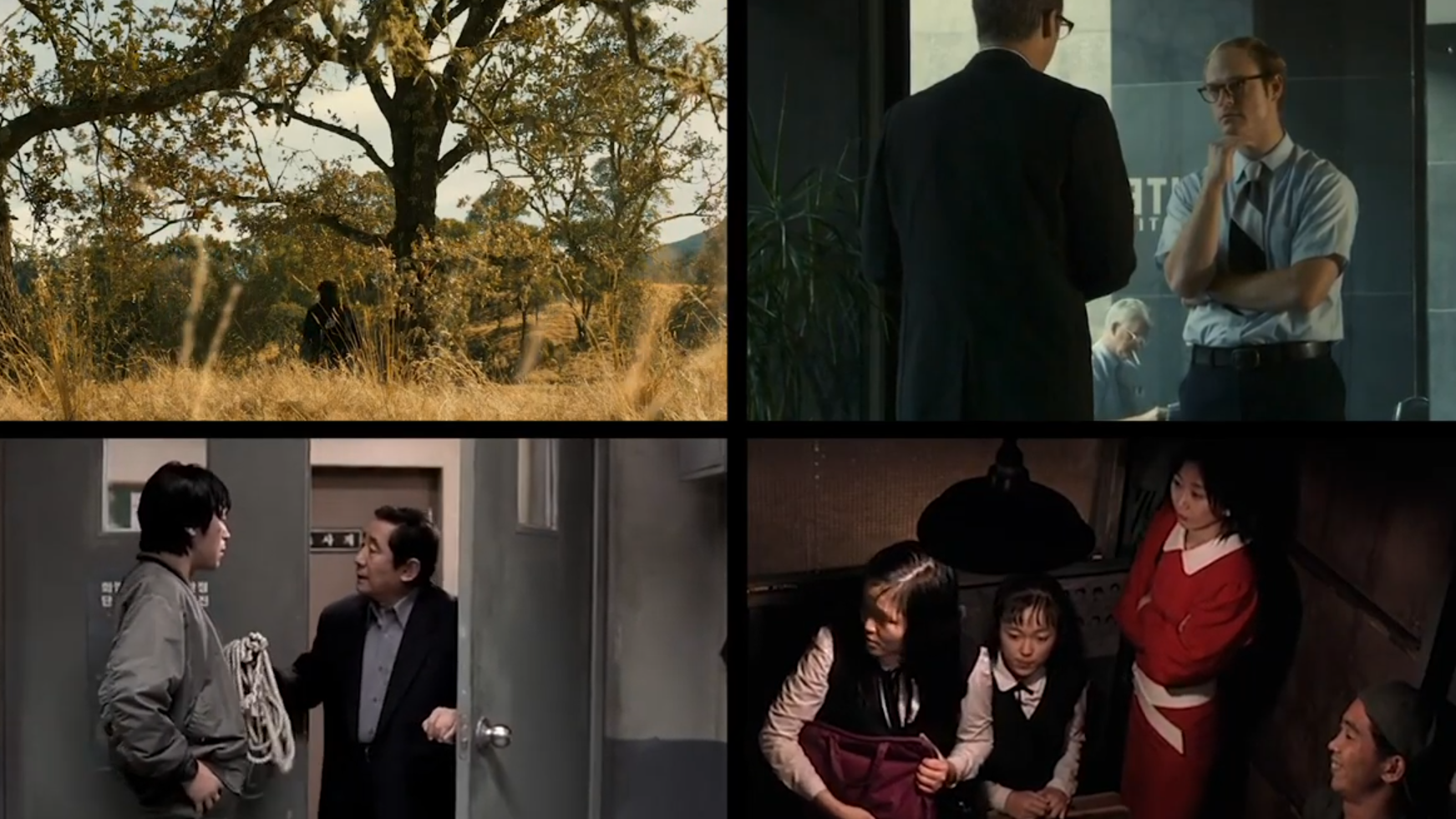
The colour pattern in both films follows a similar trend. In Zodiac, whenever a murder happens, we see the frame to be in yellow depicting mellow. And in Memories of Murder, whenever a crime occurs, we see the frame as grey representing gloomy. And whenever there was any clue/lead in the Zodiac, it was shown in green, meaning hope, and whenever there was an attempt to catch a suspect in Memories of Murder, it was established in warm colours.
Albeit drawing comparisons, Memories of Murder might touch our emotions on a deeper level, not because of the way it started but how it ended. In the final scene, when Park looks directly into the lens (to us), he was not just leaving the audience with all the hints but instead, he was directly looking at that one set of eyes where he could finally say, “Yes, that’s you!” given his ‘superpower’ of identifying a culprit just by looking into one’s eyes.
